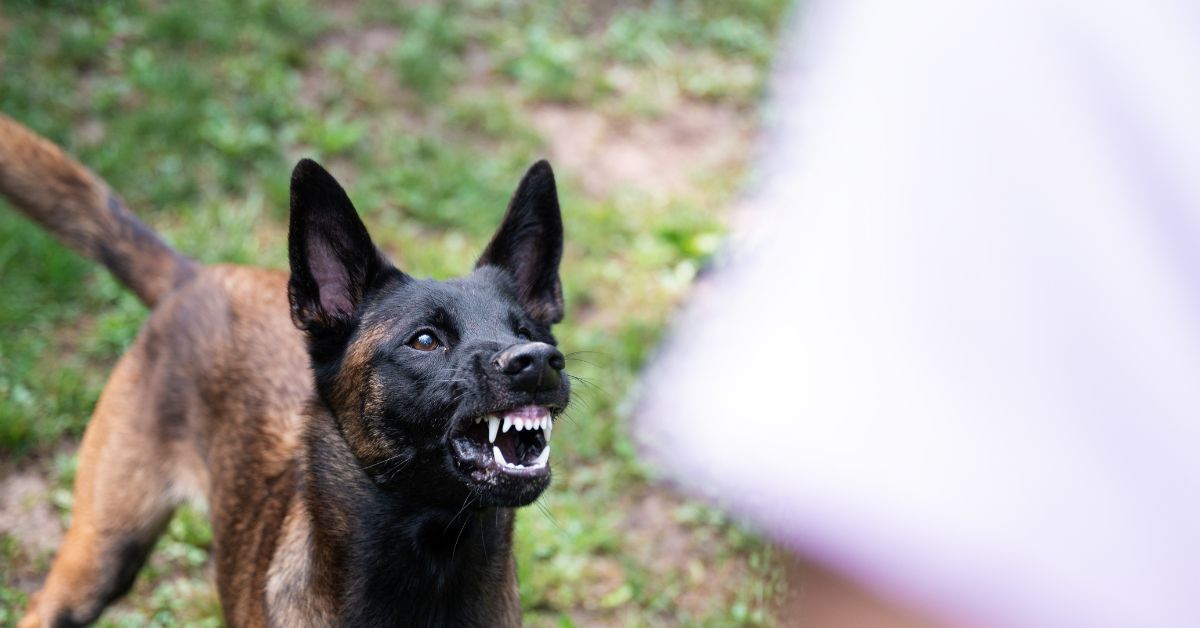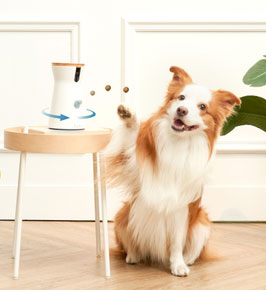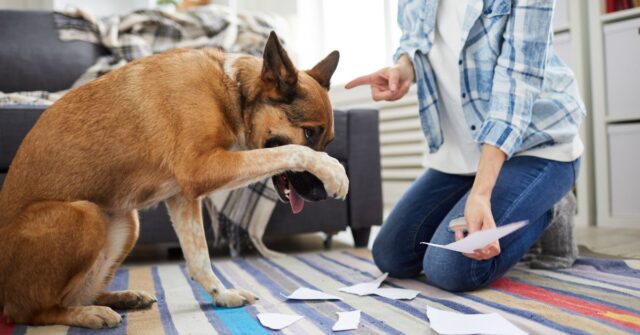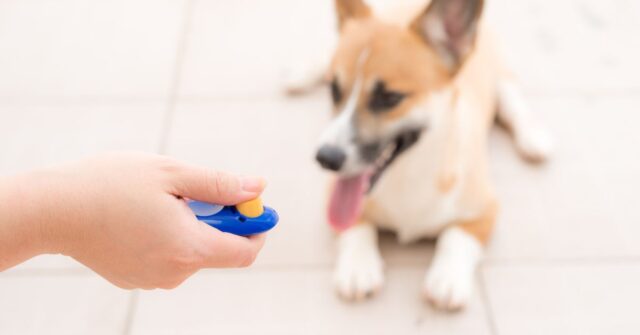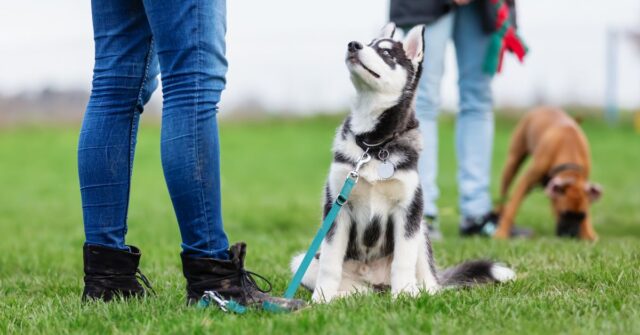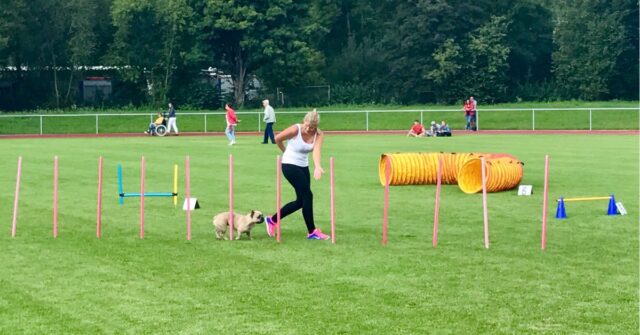Dog aggression can be a distressing issue for pet owners.
Understanding the root causes and how to address them is essential for ensuring the safety and well-being of both the dog and its human companions.
This guide provides comprehensive insights into managing dog aggression effectively.
Understanding Dog Aggression
Dog aggression is a complex behaviour that can manifest in various forms. Recognizing the underlying causes and types of aggression is the first step towards addressing the issue.
What Is Dog Aggression?
Aggression in dogs refers to a range of behaviours that are intended to cause harm or assert dominance. These behaviours can include growling, biting, barking, and snarling.
It’s crucial to understand that aggression is often a symptom of a deeper issue, such as fear, anxiety, or a response to pain.
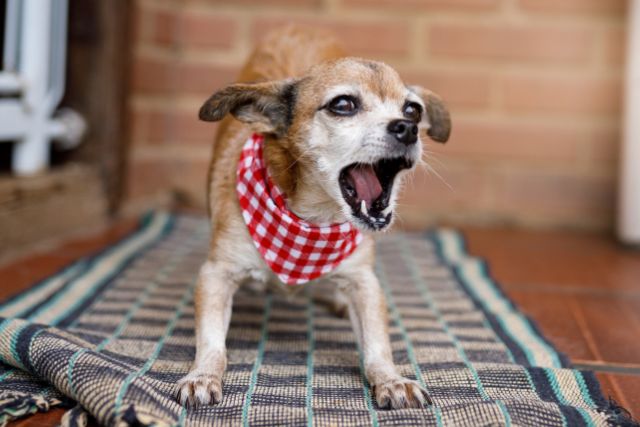

Common Causes of Aggression
Several factors can contribute to aggressive behaviour in dogs. Identifying the specific cause can help in developing an effective treatment plan.
Fear and Anxiety
Fear is one of the most common causes of aggression in dogs. When a dog feels threatened, its instinct may be to defend itself aggressively.
This type of aggression often occurs in response to unfamiliar people, animals, or environments.
Territoriality
Dogs are naturally territorial animals. They may exhibit aggressive behavior to protect their home, yard, or favourite spots.
This type of aggression is often directed towards strangers or other animals entering their perceived territory.
Possessiveness (Resource Guarding)
Resource guarding is a form of aggression where a dog aggressively protects its food, toys, or other valued items.
This behaviour can be triggered when someone tries to take these items away or approaches the dog while it is eating.
Pain or Discomfort
Dogs in pain or discomfort may react aggressively as a way to protect themselves.
Conditions such as arthritis, injuries, or dental issues can lead to aggressive responses when the dog is touched or approached.


Lack of Socialization
Dogs that have not been properly socialized may have difficulty interacting with other dogs or humans. This lack of social skills can result in fear and, consequently, aggressive behaviour.
Genetic Predisposition
Some breeds are more prone to aggressive behaviours due to their genetic makeup.
However, it is important to note that any dog, regardless of breed, can exhibit aggression if not properly trained and socialized.
Types of Dog Aggression
Understanding the different types of aggression can help in identifying the specific issue your dog is facing.
Fear Aggression
Fear aggression occurs when a dog feels threatened and reacts defensively. This type of aggression is often seen without warning and can be triggered by various stimuli.
Territorial Aggression
Dogs exhibiting territorial aggression will protect their home or space from perceived intruders. This behaviour is more pronounced in breeds that are naturally protective.
Possessive Aggression
Also known as resource guarding, possessive aggression is directed towards anyone who approaches the dog’s valued items, such as food or toys.
Redirected Aggression
Redirected aggression occurs when a dog cannot reach the target of its aggression and redirects its frustration onto another target, such as a person or another animal.
Leash Aggression
Leash aggression is common in dogs that feel restrained by their leash. They may bark, lunge, or bite when encountering other dogs or people while on a leash.
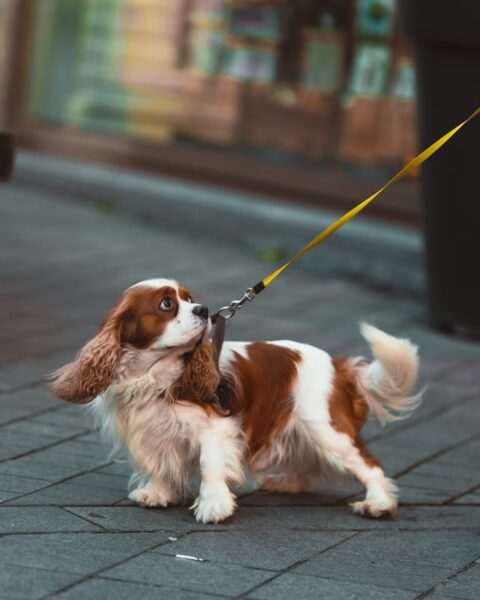

Predatory Aggression
Predatory aggression is driven by a dog’s instinct to hunt. This type of aggression is usually directed towards smaller animals and can be triggered by movement.
Identifying Signs of Aggression
Recognizing the signs of aggression in your dog is crucial for early intervention and management.
Body Language Cues
Dogs communicate their discomfort and aggression through body language. Signs include raised hackles, stiff posture, bared teeth, and pinned ears.
Behavioural Indicators
Behavioural signs of aggression can include growling, snapping, and biting. Dogs may also exhibit avoidance behaviours, such as turning their head or body away from a perceived threat.
Situational Triggers
Understanding the situations that trigger your dog’s aggression is key to managing it. Common triggers include the presence of strangers, other animals, and specific noises or environments.
Effective Techniques for Managing Aggression
Managing aggression in dogs requires a combination of techniques tailored to the specific cause and type of aggression.
Behavioural Modification
Behavioural modification involves changing your dog’s response to certain stimuli through positive reinforcement and consistent training.


Positive Reinforcement
Positive reinforcement involves rewarding your dog for displaying desirable behaviours. This technique encourages your dog to repeat those behaviours.
Desensitization and Counter-Conditioning
Desensitization involves gradually exposing your dog to the trigger in a controlled manner while counter-conditioning pairs the trigger with a positive experience.
Avoiding Punishment
Punishing your dog for aggressive behaviour can exacerbate the problem. Instead, focus on rewarding calm behaviour and redirecting aggression.
Consulting Professionals
Seeking help from professionals can be beneficial in managing aggressive behaviour in dogs.
Veterinarians
Veterinarians can help diagnose any underlying medical conditions contributing to aggression and recommend appropriate treatment plans.
Professional Dog Trainers
Professional trainers can provide guidance and structured training programs to address aggressive behaviours effectively.
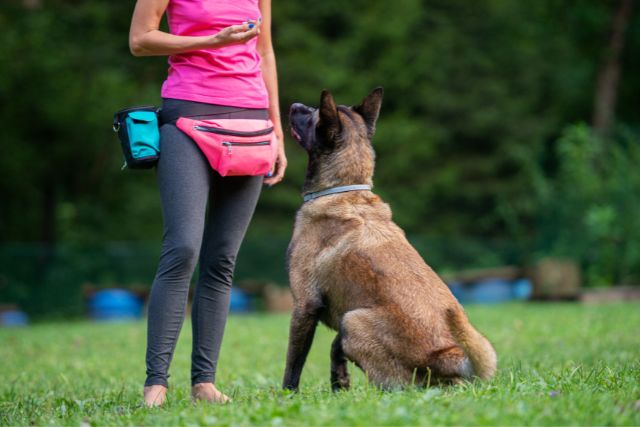

Behavioural Specialists
Behavioural specialists can offer in-depth analysis and customized behaviour modification plans for severe cases of aggression.
Using Calming Aids
Calming aids can help reduce anxiety and stress, which are common triggers for aggression in dogs.
Pheromone Diffusers
Pheromone diffusers release calming scents that can help soothe anxious dogs and reduce aggressive behaviours.
Anxiety Wraps
Anxiety wraps apply gentle pressure to a dog’s body, providing a calming effect and helping to manage stress-induced aggression.
Herbal Supplements
Herbal supplements such as chamomile and valerian root can help reduce anxiety. Always consult with a veterinarian before using these supplements.
Implementing Muzzle Training
Muzzle training can be an effective safety measure for managing aggressive dogs. Introduce the muzzle gradually and use positive reinforcement to create a positive association with it.
Establishing Clear Boundaries
Setting consistent rules and boundaries helps provide structure for your dog, reducing anxiety and aggressive behaviours.
Creating a Safe Environment
Creating a safe space for your dog can help alleviate stress and prevent aggressive reactions.
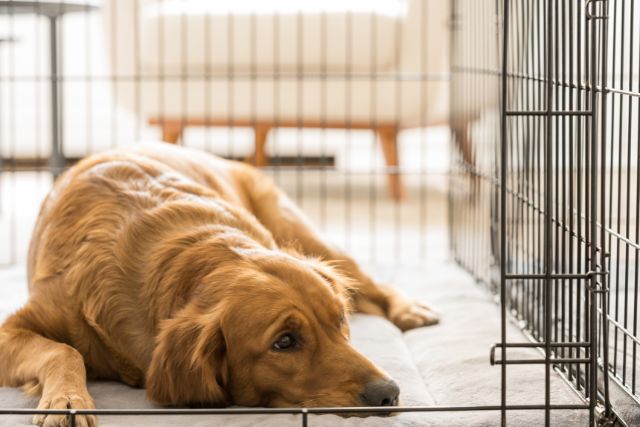

Designated Safe Spaces
Provide a designated area where your dog can retreat and feel secure. This space should be away from potential triggers and disturbances.
Reducing Triggers
Identify and minimize exposure to triggers that cause your dog to become aggressive. This can involve altering the environment or adjusting routines.
Long-Term Strategies for Aggression Prevention
Preventing aggression in the long term involves consistent training, socialization, and care.
Early Socialization
Early socialization is critical for preventing aggression. Expose your puppy to a variety of people, animals, and environments to build positive associations.
Consistent Training
Consistency in training helps reinforce desired behaviours and prevent aggression. Use positive reinforcement and regular practice to maintain good behaviour.
Regular Exercise
Regular exercise helps reduce anxiety and pent-up energy, which can contribute to aggressive behaviours. Ensure your dog gets enough physical activity daily.
Healthy Diet and Medical Care
A healthy diet and regular medical check-ups are essential for your dog’s overall well-being. Address any health issues promptly to prevent aggression related to pain or discomfort.
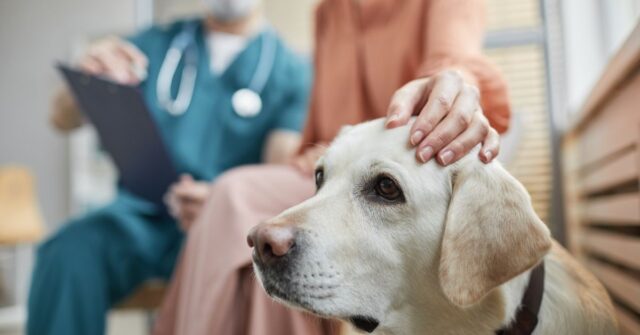

Common Myths About Dog Aggression
There are many misconceptions about dog aggression that can lead to misunderstanding and improper handling of the issue.
Breed-Specific Aggression
While some breeds may have a predisposition towards certain behaviours, any dog can exhibit aggression if not properly trained and socialized. Aggression is not exclusive to specific breeds.
Aggression as a Permanent Trait
Aggressive behaviour can often be managed and reduced with proper training and care. It is not necessarily a permanent trait in dogs.
Effectiveness of Punishment
Punishing a dog for aggressive behaviour often backfires, exacerbating the issue. Punishment can increase fear and anxiety, leading to more severe aggression.
Instead, positive reinforcement and reward-based training are more effective for long-term behaviour modification.
Conclusion
Addressing dog aggression is a multifaceted process that requires understanding, patience, and the right techniques. By recognizing the signs, understanding the causes, and applying effective management strategies, dog owners can help their pets lead happier, less stressful lives.
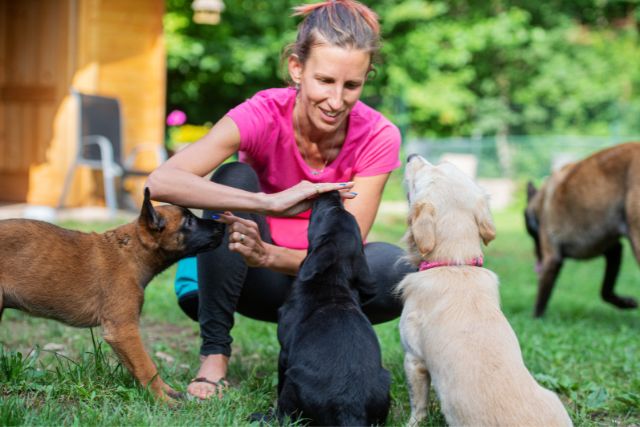

Summary of Key Points
Dog aggression can stem from various causes, including fear, territoriality, and lack of socialization.
Identifying the type of aggression and its triggers is crucial for effective management.
Techniques such as positive reinforcement, consulting professionals, and using calming aids can significantly reduce aggressive behaviours.
Long-term strategies like early socialization, consistent training, and regular exercise are essential for preventing aggression.
Encouragement for Dog Owners
Dealing with an aggressive dog can be challenging, but with the right approach and dedication, it is possible to manage and reduce aggressive behaviours.
Remember, patience and consistency are key. Reach out to professionals when needed, and keep working towards creating a safe and happy environment for your dog.
Resources for Further Help
For more information and support, consider consulting the following resource:
This resource offers valuable insights and professional advice on managing and preventing dog aggression.

